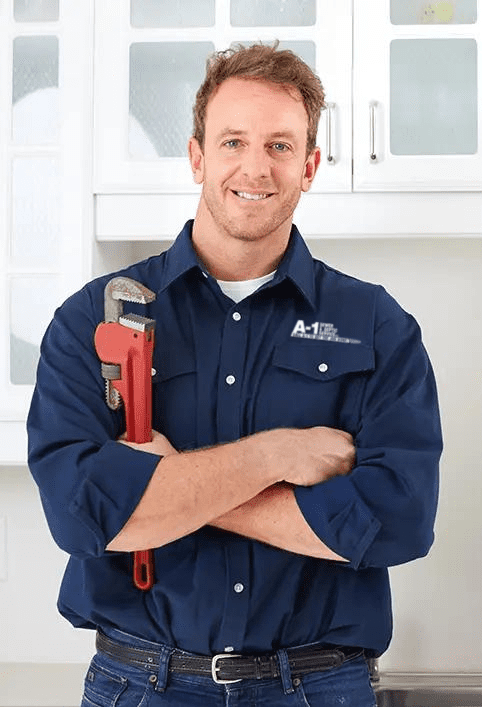How to Unclog a Grease Trap
Keeping the grease out of your sewer line is imperative to avoid sewer line clogs and backups through a grease interceptor or other grease trap. Grease is not something your septic systems, sewer systems, or septic tanks are designed to handle; they are designed for wastewater, and the baffles and



